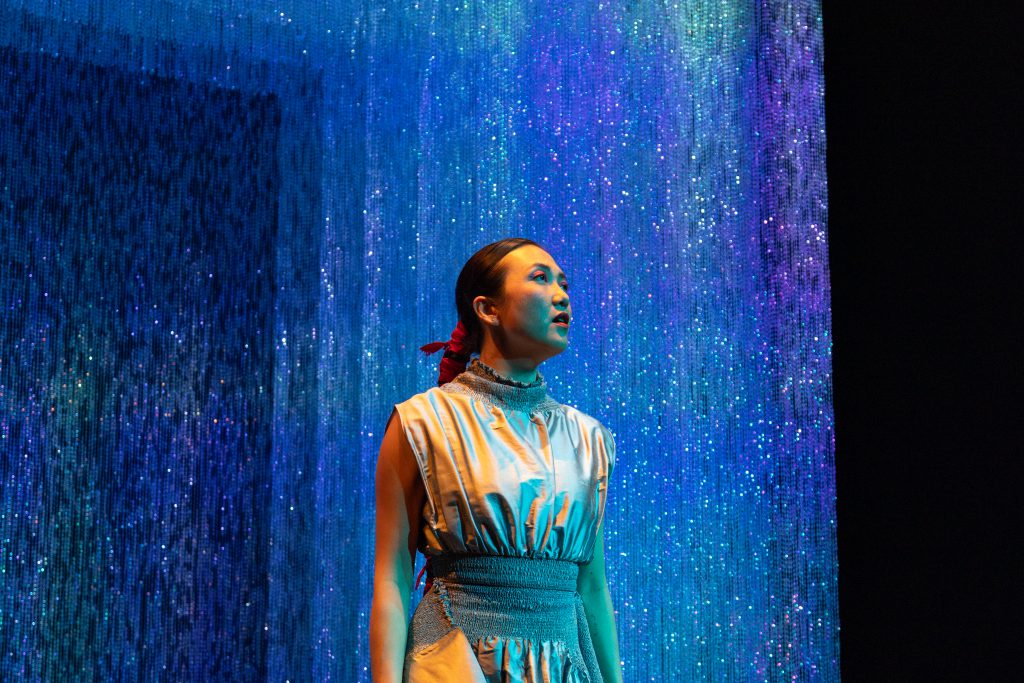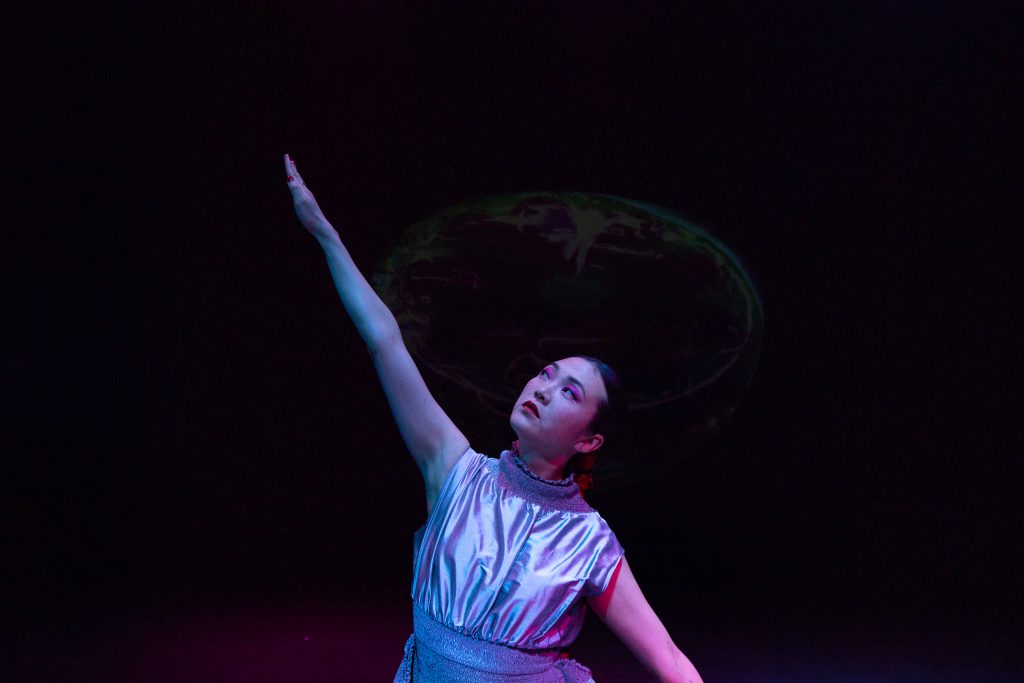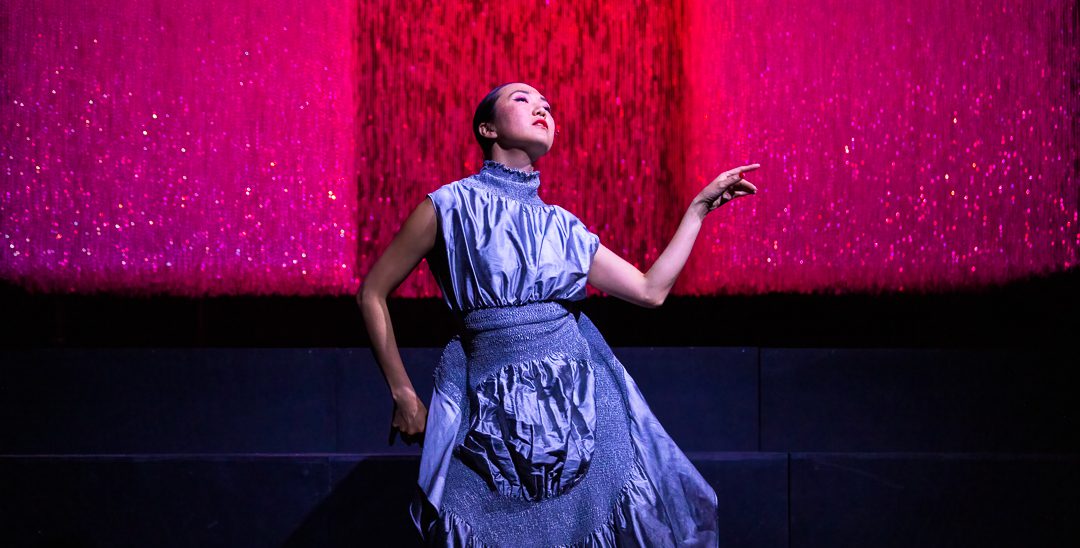The Bridal Lament was one of multiple rituals of the Weitou people, some of the earliest settlers in Hong Kong over a century ago.
With many of the adolescent brides-to-be under the rule of arranged marriages and living in a patriarchal society, it was commonplace for some to express bitterness and sorrow when it was time for them to be wed to their unknown husband-to-be. These customary songs would be filled with wailing and grief for the life the bride was leaving behind, for the unknown future to come.
It’s these unique stories and customs that singer Rainbow Chan brings to life in this one-person show that combines these historical tales with her own contemporary musical numbers, exploring these young women’s death of their personal identity at this junction of their lives. On learning her own Weitou heritage, Chan presents a moving musical concert of sorts that brings together past and present through emotive storytelling and performance, with chapters representing the steps of the tradition in the lead-up to the wedding.

Audiences are treated to a summary of the custom by Chan’s mother in monologues that combine the Weitou dialect and Hong Kong Cantonese. Then Chan performs an iteration of each bridal lament herself and these sequences are full of moving poetry and a meditation that crosses cultural boundaries. These are nicely complemented by stunning imagery onscreen by Rel Pham.
Chan sings her own original songs in her unique style that appeals to the 21st-century listeners and fans of her work. These energy-filled scenes are a stark contrast to the prior songs and include some of Chan’s best dancing moments that electrify viewers and she owns the stage during these parts. At times this choreography distracts from her vocal ability but it provides some change of rhythm in the show.

Director Tessa Leong makes good use of the space and there are select inclusions that make the performance soar. The installation on stage designed by Al Joel and Emily Borghi is the centrepiece of the production and the main connector to the cultural traditions itself. This modern interpretation is even more spectacular when projections appear on it.
Chan is a stunning performer, with her lyrics and movement evoking that of the trapped young woman seeking to find her voice in this time of social and cultural constraints. We feel the strength and negotiation of this woman at this intersection of their life. As an Asian Australian migrant herself, her delivery can stir laughter and intense emotions.
The Bridal Lament is a powerful and aspiring work that seeps with vulnerability and cultural importance. Its relevance to today, in a time where women are still forced into arranged marriages internationally, is not lost on anyone. The show’s ability to fuse the importance of the past in shaping the current day and the future we hope to live in is masterful. We feel for these women and we are instructed to recall one cultural ritual at risk of being lost.
